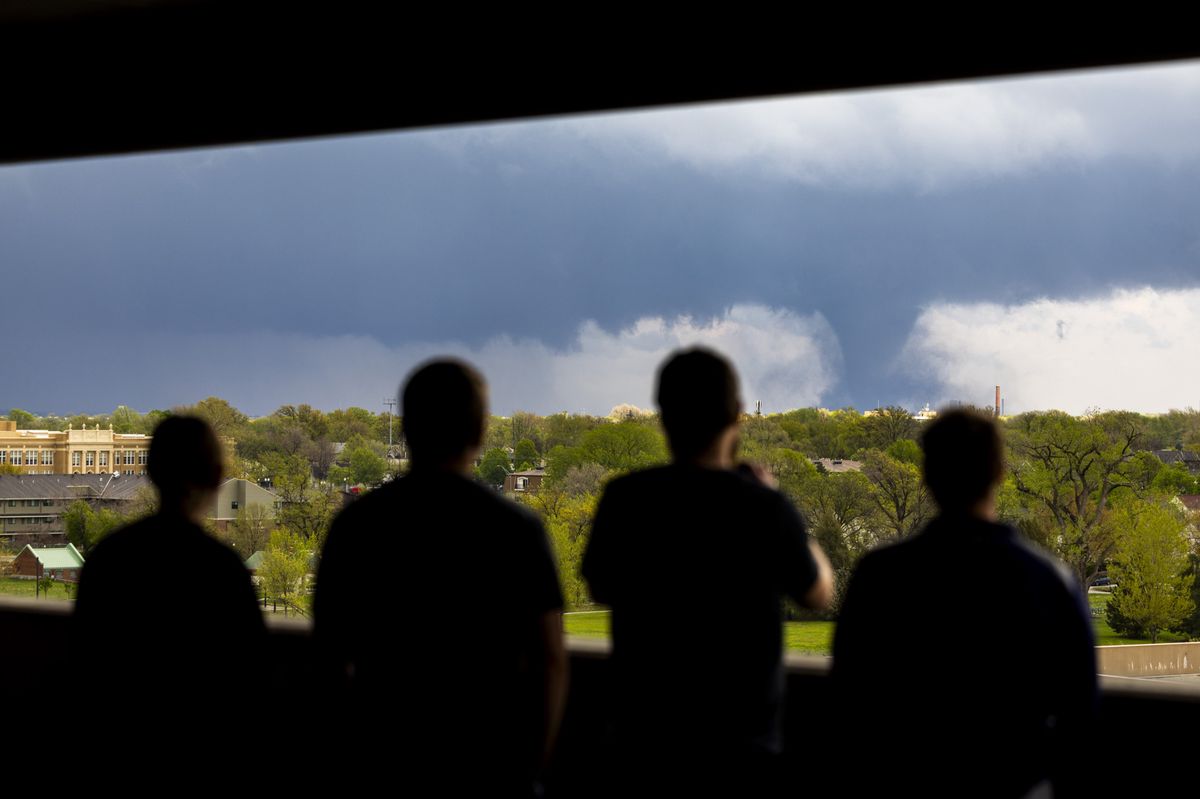Several problems arose during the operation of Europe’s next large space telescope, Euclid, after its launch in July, but they are said to have had almost no impact on scientific work. The European Space Agency confirms this after describing the three problem areas. Accordingly, the probe has problems with precise orientation in space, is partly disturbed by scattered light and receives a lot of radiation from a particularly active Sun. In order to specifically identify these difficulties, the commissioning is being carried out in space for a period of weeks, ESA wrote. The first difficulty is about to be solved, the second can be circumvented, and the third will have only “marginal” consequences.
advertisement
Many problems and their fixes
So it was noticed firstThe sensor responsible for directing the probe based on the positions of the stars cannot find them in “isolated cases.” On the one hand, officials attribute this to the difficulty of simulating conditions in space. Therefore, tests before starting are difficult and such deviations are to be expected. In addition, cosmic radiation from the Sun and other sources in the Milky Way would interfere with observations. The European Space Agency has been working on the problem for weeks, and initial tests now indicate that a solution has been found.
In addition, it was observed during operation that some sunlight appeared to fall from one of the thrust holders onto the Visible Light Instrument (VIS) and illuminated the images if the alignment was unfavorable. As a countermeasure, the surveillance plan has been modified, which may have consequences for the mission’s efficiency. But this is still under investigation. ESA also wrote that even with a particularly unfavorable alignment, X-rays from solar flares can reach the sensors. Depending on solar activity, this could mean that Euclid will lose about three percent of its planned data if the problem is not resolved. But we are working on that now.
Despite these problems, the space telescope will capture amazing images of the universe and contribute to our understanding of dark matter and dark energy, the European Space Agency confirms. The instrument aims to use its instruments to analyze about a third of the starry sky, while the rest is dominated by the Milky Way, interstellar dust, or scattered material in the solar system, making planned observations there impossible. The space telescope is supposed to search for weak distortions of galaxies caused by massive objects in the foreground. The effect of weak gravitational lensing can only be assessed through statistical analyses, and aims to make the distribution of dark matter clear.
(meh)

“Tv expert. Hardcore creator. Extreme music fan. Lifelong twitter geek. Certified travel enthusiast. Baconaholic. Pop culture nerd. Reader. Freelance student.”







More Stories
Record and third place? Leipzig “does not want to give up”
Why wasn't Karaman sent off against Dusseldorf?
Atletico wins the “final” for fourth place – racism against Neco Williams